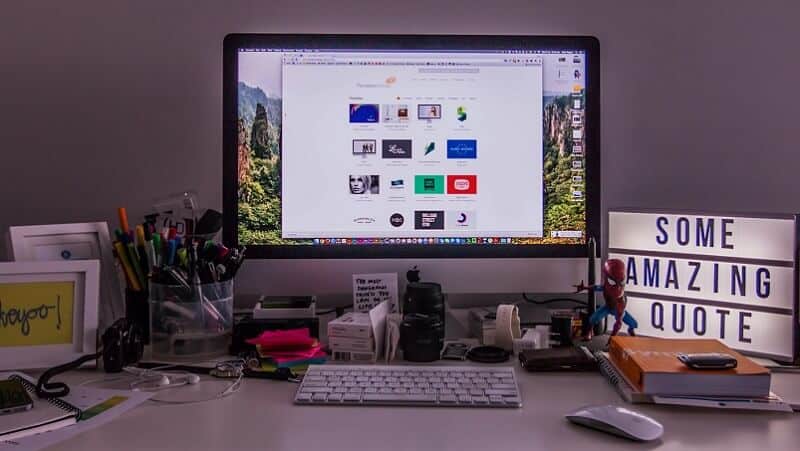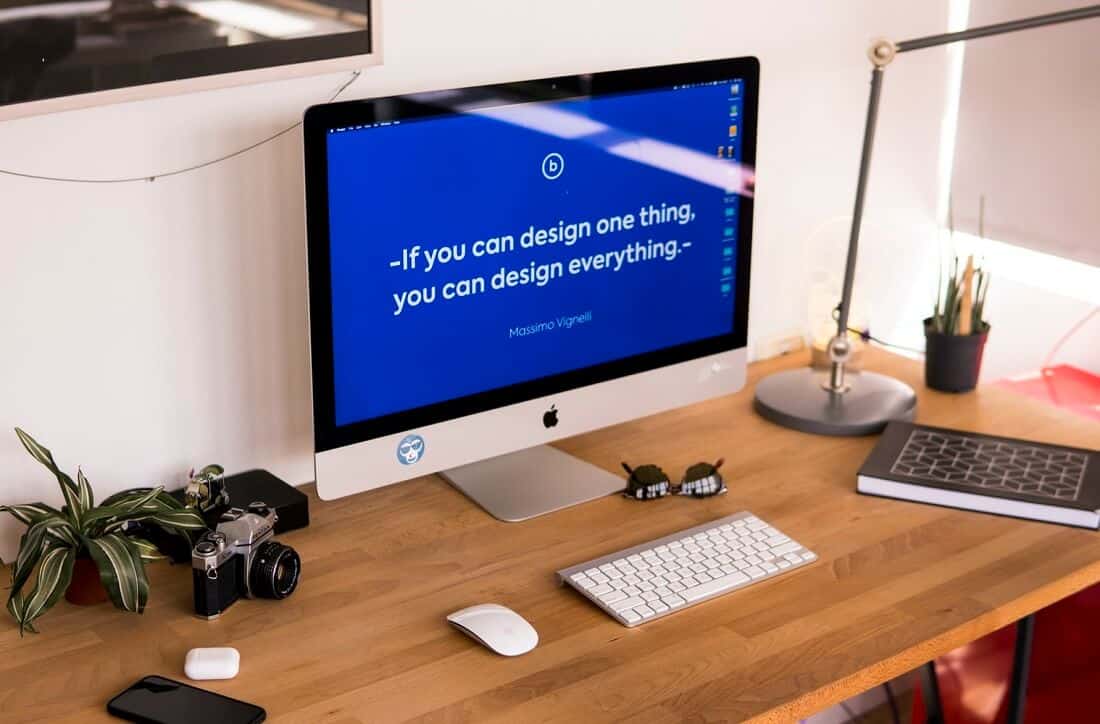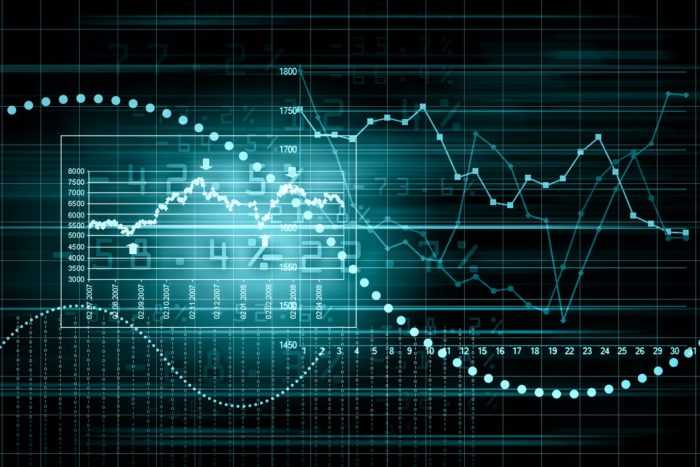
Your trading strategy must have a logic behind it. Without it, your strategy is useless and won’t work in any case.
By Guy Avtalyon
Does the trading strategy work? How can you know that? Developing a strategy is a lot of work. You might think that creating and developing a profitable trading strategy requires a lot of work. Yes, that is the truth. But you should never stay stick to the first version of your strategy, you have to develop and improve it all the time. In other words, it is permanent work. For the trading strategy to work, every trader will continue to work on it. So, the question: Does the trading strategy work is present all the time in your mind while executing it. Even if you have had a lot of tests, adjusted it numerous times, you will always ask this simple question because the profitable trading strategy has to make you money. Does the trading strategy work, it depends on how much it is suitable for all market conditions.
That means it is able to produce a profit. If you expect the mathematical accurate answer, forget it. To know the answer to the question: does the trading strategy work we’ll need a large sample size.
But, what is a sufficient size of it?
In trading, everything is based on probabilities which will become higher with the growing number of trades executed in profit. But why should anyone need a mathematical proof to know: does the trading strategy work? In trading, practice is crucial, no matter if it is with paper or real money.
And here is the catch! Who can afford thousands and thousands of trades before concluding that the same strategy doesn’t work? Also, you’ll need almost the same number of trades to test your strategy after any adjustment. And, what if you find at the end that it isn’t able to produce you a profit? So, an attempt to mathematically prove that some trading strategy works requires a lot of time, a large sample size, and a lot of hard work.
What you really need in order to find: does the trading strategy work, is a practical approach to this topic, not a mathematical one.
A practical way to to find the answer to the question: Does the trading strategy work
Since it is hard to have exact and absolute results, we’ll need a practical one. Okay, you can test your strategy on numerous virtual trades but you’ll have to be a programmer for that. So, how can we know that our strategy works and test it manually? But keep in mind, nothing is perfect in trading.
How to check if your strategy works?
Let’s assume you are a beginner. In such a case, just observe your trades as groups of, for example, 20. Before you start trading, write down all the rules that you will implement to all 20 trades. Okay, you are ready to enter the position. The next step is to add all your entered trades to your trading journal. After 20 trades, check your rules and find where you didn’t follow them. Based on trades where you did follow the rules, you could find does the trading strategy work.
First, you’ll figure out how your strategy fits the market. Did it match the market conditions during the given time frame? The crucial info you’ll need is how well did you use your strategy, was it adjusted for particular market conditions during this test?
When you find all these answers you might have an accurate picture.
Let’s assume that 15 from the group of 20 trades were successful, and you stayed with your rules, plan, and you recognize when the market conditions were beneficial for your strategy and when they were not. But, we’ll suppose that your 15 trades were all profitable.
Did you compare this group of trades and their main indicators, for example, Required Rate of Return (RRR), the average return per trade, win rate, to your backtest data? Well, it’s time to do that. Are there any differences? No? Nice, go further!
But if you find, in that comparison, some differences, you’ll have to find what was wrong. It could be that you made some errors in the trading process or you missed something in backtesting. Remember, literally anything may have a great influence on your strategy’s profitability.
When you find what’s going wrong, just adjust your strategy based on errors you made and trade another group of 20 trades, but follow the rules you set up. Now it’s time to compare the result of the first and second groups. You will know the result of your adjustments. If the strategy is doing well, trade another group of 20. After 100 trades or more, if you like or want, you’ll figure out: does the trading strategy work.
Use an out sample to find: Does the trading strategy work
We showed you how to do that above. Keep in mind that markets are changing all the time as well as our performance. So you’ll need to know how your adjustments influenced your trades. Did you want that? If your strategy still doesn’t work as you want, you have to consider why that is.
For example, if you lost 20% of your account, it’s time to step away and find what you are doing wrong. Maybe your stop orders are not set properly.
Trading means dealing with risk every day. It is very helpful if you have all data in your trading journal and the calculations of standard deviations and ratios. You can move forward based on that data. Consider that your sample size is still small, maybe you’ll need a bigger database, so try with a group of 30 or 40 trades.
Remember, evaluate your most recent group of trades as an out sample and don’t add it in the overall evaluation. Even if your most recent trade was a failure, don’t panic, stay calm, and calculate everything you can. If you find something strange, change it, if not, just move further.
How to optimize your strategy?
Basically, you have to estimate if your strategy is suitable for the particular market condition during the given time frame you are observing. Further, are you following your own trading rules or you are flexible about it. If you follow your rules, you’ll have to check out how your rules correspond to the market. Maybe you’ll need some adjustments if your strategy doesn’t work well. You have to figure out how your most recent group of trades matches to the trades executed before that. And if there is any exceptions you have to reveal why, so you have to stop trading until you find out why that happened.
Markets are changing and your strategy should be evolving according to them.
Optimizing a trading strategy means making small adjustments, small changes in strategy to increase the final result of its performance. Hence, optimizing a trading strategy is crucial for your overall success as a trader. Don’t forget that optimizing a strategy means to go over the whole process of testing, otherwise, you’ll not reduce the risk of unforeseen impacts. So, you’ll need to try and check, again and again all over the process. That’s the only method. You have to make small changes, to change the value of variables for a bit, and check and check. Try out various combinations in order to find the right one.
Trading is hard work. You’ll need to put in hours and efforts to become successful in trading. It isn’t a ticket to easy money!
Moreover, you’ll be faced with serious struggles. Trading will require your capital, your abilities, your trading method, technology, your knowledge, risk management, and many other things. More skills you have, more chances of success.
Does the perfect strategy exist?
Forget about finding the perfect trading strategy. Such a thing doesn’t exist. But remember that your strategy could be a good servant but a bad master. It depends on you and how often you adjust it to work for you. A trading strategy should regulate and route your trading activities. It has to work for you, not you for it. Keep this in mind when creating your trading strategy and make it robust enough.
Also, your strategy should be easy, clear, and simple. Review it often to assess how well it is doing, does it provide you the returns, how big, etc. If your trading strategy doesn’t work for you, don’t be ashamed to change it.
John Maynard Keynes said: “When the facts change, I change my mind.” Does the trading strategy work? Only you can know that.




